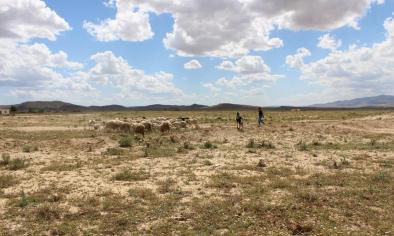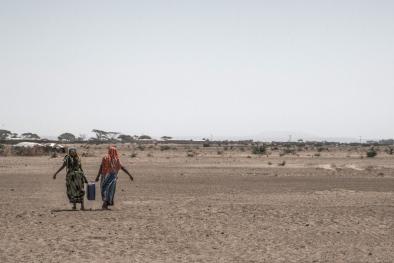Science Source
Understanding Recent Eastern Horn of Africa Rainfall Variability and Change
- Examines observations and sea surface temperature (SST)-forced simulations to study seasonal eastern Africa rainfall and its SST sensitivity from 1979–2012
- Notes that the eastern Horn is drier than the rest of equatorial Africa, with two distinct wet seasons
- Notes that whereas the October–December wet season has become wetter, the March–May season has become drier
- Finds that the climatological rainfall in simulations driven by observed SSTs captures this bimodal regime
- Identifies the most likely locations of SST forcing of precipitation trends in the model, and conceivably also in nature
- Results indicate:
- The October–December precipitation increase is mostly due to western Indian Ocean warming
- October–December eastern Horn rain variability is strongly associated with El Niño–Southern Oscillation and Indian Ocean dipole phenomena on interannual scales, in both model and observations
Related Content
Headline

Nov 9, 2017 | AP News
In harsh corner of Uganda, herders fight climate change
Headline

Oct 12, 2017 | Thomson Reuters Foundation
Africa tops global hunger index, driven by war and climate shocks
Headline

Sep 18, 2017 | VOA
World Hunger Swells as Conflict, Climate Change Grow
Headline

Aug 31, 2017 | Washington Post
United States to give Ethiopia $91 million in drought aid for food and medicine


